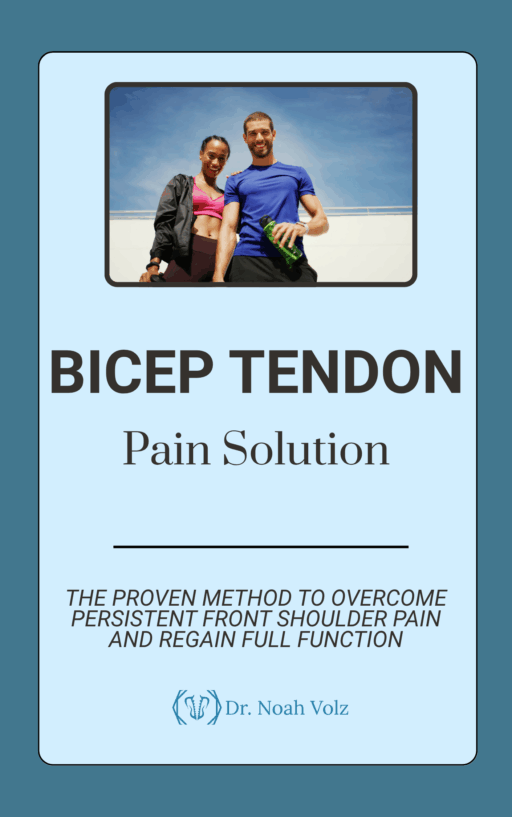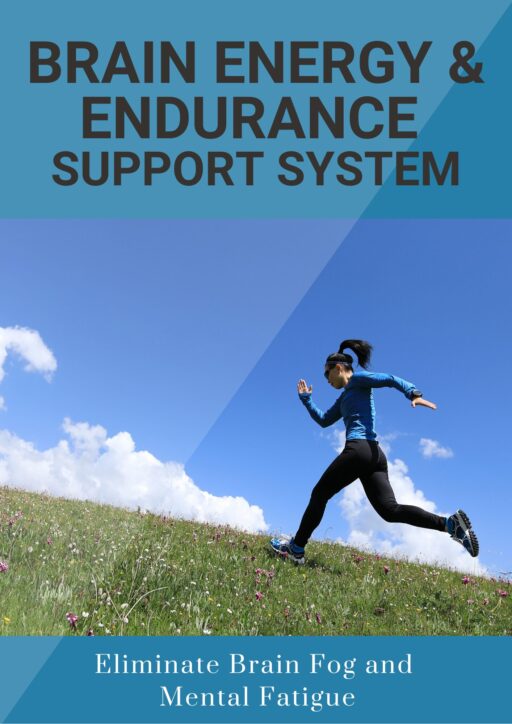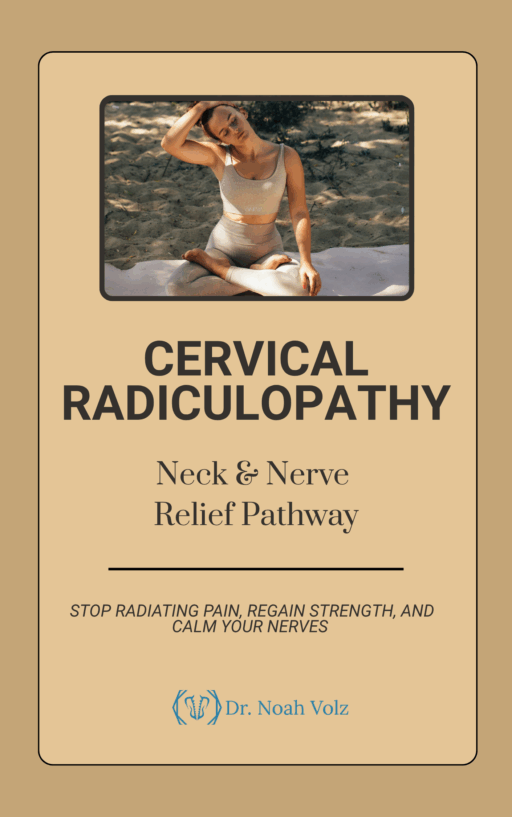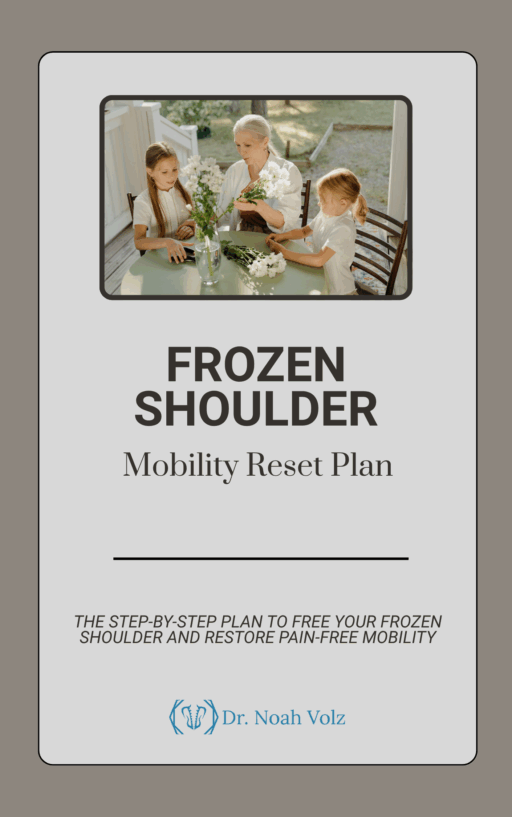It was a cool spring afternoon when Robert set out to prune the cherry tree in his backyard. He reached overhead with his shears, but the moment his arm extended, a deep, searing pain flared up in his right shoulder. Frustrated, he lowered his arm, massaging the familiar ache. For years, Robert had been dealing with shoulder pain that never quite went away. He had tried exercises, heat therapy, and even injections, but relief was always temporary. What he didn’t realize was that his pain wasn’t just in his shoulder—it was in his brain.
The Hidden Role of the Nervous System in Shoulder Pain
Most people assume that if a joint hurts, it must be injured. But research has shown that pain can persist even after tissues have healed. This happens due to a phenomenon called central sensitization, where the spinal cord and brain become hypersensitive to pain signals. In Robert’s case, his original injury may have been minor, but his nervous system had learned to keep sending pain signals long after the tissues had recovered.
Pain isn’t just a symptom—it’s an experience shaped by both physical and neurological factors. When pain lingers for months or years, it’s often because the nervous system has become overly protective, amplifying sensations even when there’s no ongoing injury.
How the Shoulder Communicates with the Brain
The shoulder is one of the most mobile joints in the body, but with great mobility comes vulnerability. The nervous system relies on three main types of sensory receptors to monitor shoulder function:
-
Nociceptors – Pain detectors that activate in response to tissue damage or inflammation.
-
Mechanoreceptors – Sensors that track movement and joint stability.
-
Thermoreceptors – Receptors that respond to temperature changes and inflammation.
When these receptors send signals to the brain, they are normally processed in a balanced way. However, in chronic pain cases like Robert’s, the brain begins to overreact to normal stimuli. A simple stretch or lift can trigger an exaggerated pain response, making normal movement feel threatening.
Why Shoulder Pain Spreads Beyond the Joint
One of the biggest mysteries for people like Robert is why the pain doesn’t stay confined to the shoulder. Over time, he began to notice pain creeping down his arm, sometimes even reaching his forearm and hand. This is a classic case of referred pain, where the nervous system misinterprets signals, leading to pain in areas that aren’t actually injured.
Additionally, when the brain detects ongoing pain, it can shift movement patterns in an attempt to protect the affected area. This can cause strain in the neck, upper back, and even the opposite shoulder, leading to new sources of discomfort.
Rethinking Treatment: Addressing the Brain and Body
Instead of only treating the shoulder itself, effective recovery must also target the nervous system. Here’s how:
-
Rewiring Pain Perception – Pain education helps patients understand that chronic pain is often the result of a hypersensitive nervous system rather than tissue damage. This can reduce fear and hesitation when moving.
-
Sensory Remapping – Hands-on therapies, such as chiropractic care and manual therapy, help the brain receive accurate information about the shoulder’s position and function.
-
Graded Exposure to Movement – Instead of avoiding painful movements, gradual reintroduction to activity helps retrain the nervous system and decrease sensitivity.
-
Stress and Sleep Optimization – The brain processes pain differently under stress and sleep deprivation. Improving sleep quality and reducing stress can make a significant difference in pain perception.
Robert’s Path to Recovery
Robert’s journey toward pain relief wasn’t about finding a quick fix—it was about retraining his nervous system. Over time, with a combination of targeted movement therapy, education, and stress management, he began to notice real changes. The sharp, searing pain became a dull ache, and eventually, it faded into the background. More importantly, he regained the confidence to move without fear.
For those struggling with chronic shoulder pain, the key to recovery lies beyond the joint itself. Understanding the brain’s role in pain can empower patients to break free from the cycle and return to the activities they love.
-

Bicep Tendon Pain Solution
$50.00 -

Brain Detoxification & Recovery System
$50.00 -

Brain Energy and Endurance Support System
$50.00 -

Brain-Based Movement and Motor Control Training
$50.00 -

Centralized Low Back Pain
$50.00 -

Cervical Radiculopathy: Neck and Nerve Relief Pathway
$50.00 -

Complex Low Back Pain
$50.00 -

Complex Radiating Low Back Pain
$50.00 -

Cross-Pattern Low Back Pain
$50.00 -

Frozen Shoulder Mobility Reset Plan
$50.00 -

Impingement Syndrome: Shoulder Relief Framework
$50.00 -

Mastering Brain Senses: Rebuild Your Hearing, Vision, and Body Awareness
$50.00













